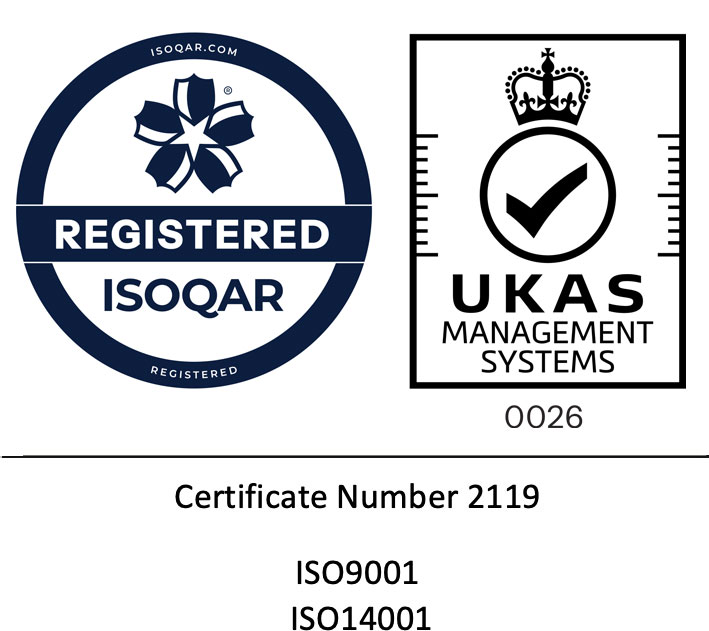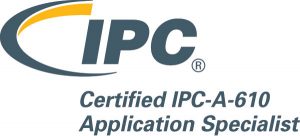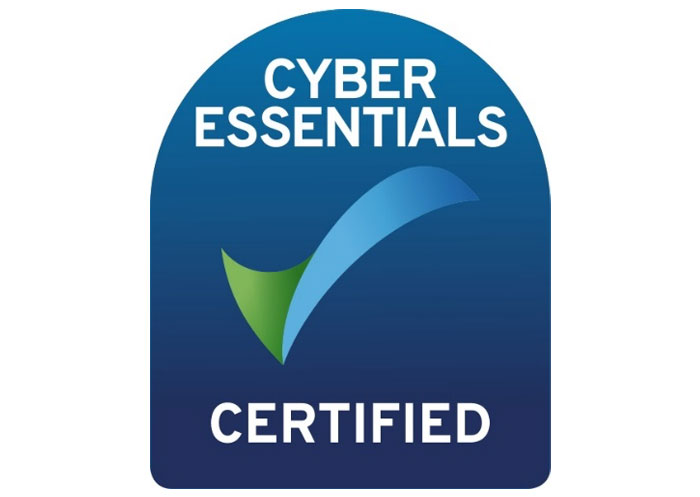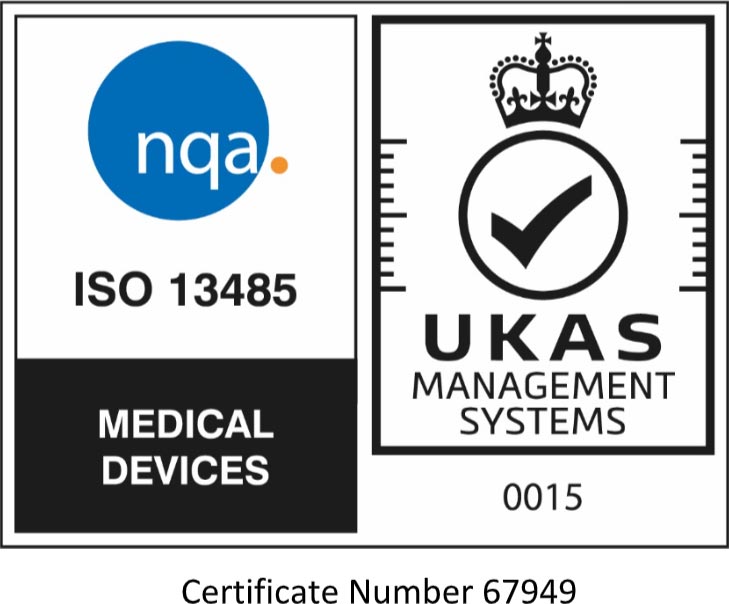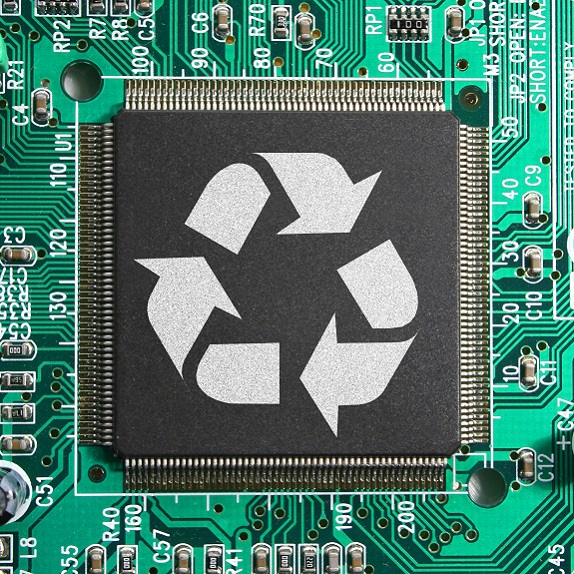Our capabilities are growing. Tell us how we can help you.
Common PCB Assembly faults and their prevention
The UK Electronics team are dedicated to ensuring a high quality product every time, following ISO 9001:2015 quality guidelines and working to IPC 610 standards. Whether you are an OEM or an assembler you will have encountered PCB assembly faults at some time or other, learning from these and implementing processes to minimise issues is how you will prevent common assembly faults before they have a chance to appear on any future boards.
Solder bridges
Solder Bridging, sometimes referred to as shorts, occur when solder is improperly crossing and connecting one lead to another. This may occur during assembly if there is an insufficient solder mask between pins. This short can be microscopic in size and extremely hard to detect. If a short goes undetected, it can cause serious damage to the circuit assembly, like a burn-up or blow-up of a component and/or burn-out PCB trace. Prevention of this issue occurs at the design stage as weight distribution of components and alignment can heavily influence this.
Clearances
Copper exposure, due to insufficient copper to edge clearance can cause shorts. This can occur at the assembly stage due to traces too close to the edge of the board being damaged by trimming. For this reason, it is essential that the minimum clearances for the specific type of board that is being fabricated be adhered to.
Plating voids
At the assembly stage, copper on the inside walls of holes on the PCB must be sufficiently plated to allow the electrical current to pass between the layers efficiently. This can be achieved ensuring that the holes are thoroughly and properly cleaned after drilling, helping to prevent any contamination of the material or air bubbles inside of it.
Insufficient Wetting
This can be categorised in two ways, de-wetting or non-wetting. De-wetting occurs when the molten solder does cover a lead or pad, but then retreats and leaves behind a mound of solder. Non-wetting occurs when the solder only partially covers a surface, leaving some exposed copper behind. Using quality components that are still within their usable shelf lives will minimises this issue at the assembly stage.
Manufacturing environment
The environment of the room where the assembly happened can affect the PCB; environmental conditions need to be controlled. Humidity can affect the way components and solders act when assembled so efforts must be made to control this. Another common failure is from not keeping PCBs clean during and after manufacture. Dust, hair and even bugs can get into the PCB; therefore precautions need to be taken.
UK Electronics have invested in the very latest production technology to ensure that our PCB assembly always remains consistent, with quality being our top priority. Your PCB assembly project would be in safe hands with us so don’t hesitate to contact us for further information.

